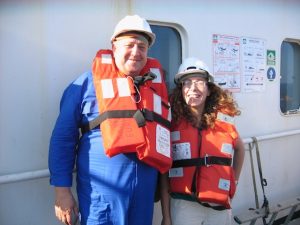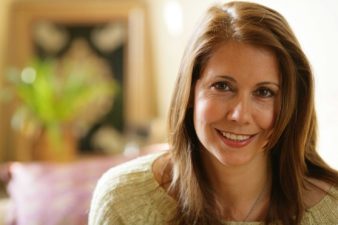 Lebanon is eager to replant their cedars – a national symbol. But a sustainable, community-wide vision is in need.
Lebanon is eager to replant their cedars – a national symbol. But a sustainable, community-wide vision is in need.
The Hebrew bible is replete with references to the cedars of Lebanon, and uses them as a metaphor for steadfastness, might and great stature. The cedar trees for the construction of King Solomon’s Palace and the First Temple in Jerusalem purportedly came from the once mighty cedar forests of the Jabal Niha area in south Lebanon.
Jewish congregations around the world sing Psalms 92 on Friday nights, as part of receiving the Sabbath (the Jewish day of rest). One line of the psalm goes – tzadik ketamar yifrach, keerez balvanon yisgeh….’the just person will flourish like a palm, grow tall like a cedar of lebanon.’
But now the referent of this biblical metaphor, which has continued to grow in Israel’s northern neighbour for the last 3000 years, is in danger.
Centuries of deforestation, settlement sprawl and unsustainable logging have all taken their toll on this emblematic tree – as well as other species which make up Lebanon’s last remaining forests.
In 2009, despite the global recession, Lebanon enjoyed a 9 percent economic growth and hosted the largest number of tourists in its history. But economic development often carries an environmental price tag.
A booming real estate market, growing population, and lack of a clear and enforced national forestation strategy means that Lebanese forests remain under threat.
In response the Lebanese Ministry of the Environment has been implementing – since 2001 – its National Reforestation Plan (NRP), and currently aims to plant two million trees a year. So far more than 500 hectares of forest have been replanted, but a lack of co-ordination with NGOs also working in reforestation has slowed progress.
“Many NGOs try to do reforestation on their own, without having the background or the knowledge. They are just interested in the media. They don’t care if the tree will live or not” says Garo Haroutunian, NRP’s manager to NOW Lebanon.
Because of this, some civil society organizations, such as Jouzour Loubnan Association for Reforestation, focus on project maintenance: “Not only do we plant, but we make sure that whatever we plant will survive,” said President Raoul Nehme in the same article.
Meanwhile Jawad Boughanem, of the Association for Forests, Development and Conservation (AFDC) asserts that community buy-in is vital.
So the AFDC, besides growing saplings and planting trees (about half million every year), also works on awareness and legislation. Boughanem says the group is working with some communities to promote the stone pine tree, the edible seeds of which can fetch $50 per kilogram.
“We are trying to tell people that you can benefit economically from the trees, by selling pine nuts or by extracting wood in a well-managed way. His organization is also targeting eco-tourism as another way to promote reforestation, as visitors travel to Lebanon to marvel at its famous cedars.
“The problem is that, if you don’t do awareness, we’ll plant 10,000 trees and 100,000 will be logged,” said Nehme.
The prophet Isaiah might have applauded the work of these Lebanes organisations. The theme of the reforestation of Lebanon is often mentioned in the book ascribed to him: “I will make rivers flow on barren heights…I will put in the desert the cedar and the acacia, the myrtle and the olive…. I will set pines in the wasteland.. the fir and the cypress together.” – (Is. 41:18,19)
Image via primejunta
This guest is by children’t non-fiction writer Immanuel Sluttner author of the African Animal Football Cup.




Ivor,
That sounds a bit ambitious given the political relations between Israel and Lebanon, but I do think that in the West Bank, there is cooperation with the JNF; and in Jordan, it does look like young activists are building on the Israeli model, even though they might not admit it. Obviously peaceful relations amongst all will benefit the environment. We can hope.
“good to hear that Lebanon is getting its act together…perhaps the JNF and similar Lebanes organisations could partner up on twin peace forests in Lebanon and Israel respectively?”
I was recently privileged to attend some seminars about environmental conservation and restoration efforts in Lebanon’s neighbor Israel. One one of the most encouraging aspects to come out was the growing cooperation between neighbors in that troubled region on matters of the environment. Modern borders clearly did not form a barrier between the Cedars of Lebanon and the ancient Israel, nor should it do so in our time. Thanks for educating us about this issue and the efforts that Lebanon is making to protect and restore the trees.